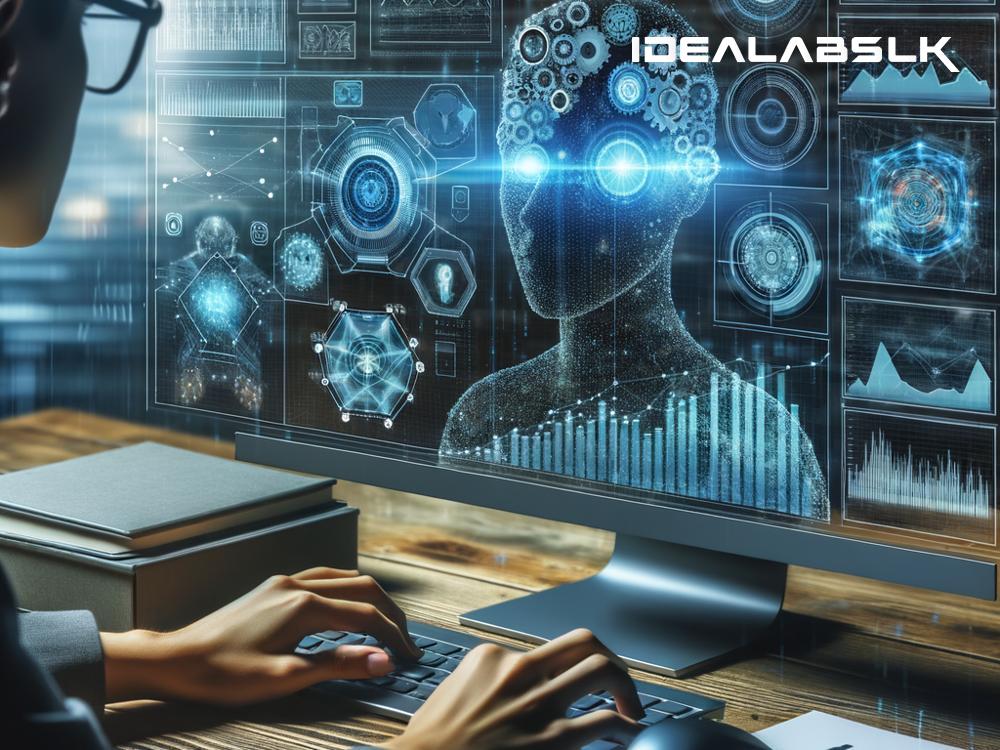How Predictive AI Works in Compliance Monitoring: A Simple Explanation
In the ever-evolving world of 21st-century business and governance, keeping on top of compliance has become a bit like trying to dance on a rapidly moving dance floor. With regulations constantly changing and the stakes higher than ever, organizations are turning to an innovative solution to stay in step: predictive AI. But what exactly is predictive AI, especially in the context of compliance monitoring, and how does it work? Let's break it down into plain English.
Navigating the Landscape of Compliance
Before diving into predictive AI, let's understand the world it's navigating. Compliance, simply put, is about following the rules. These rules can come from governments, industry bodies, or even from within an organization itself. The challenges arise due to the volume, complexity, and dynamic nature of these rules. Organizations need to continuously monitor their operations against these rules to avoid penalties and safeguard their reputation.
The Role of AI in Compliance Monitoring
This is where Artificial Intelligence (AI), and more specifically, predictive AI, steps in like a technological superhero. AI, in general, is about creating systems that can perform tasks which typically require human intelligence. This includes things like understanding natural language, recognizing patterns, and making predictions. Predictive AI takes this a step further by focusing specifically on forecasting future events or behaviors based on past data. It’s like having a weather forecast, but instead of predicting rain or shine, it predicts potential compliance issues.
How Predictive AI Works
1. Data Collection
The first step in the process is gathering all relevant data. In the context of compliance monitoring, this could include a wide range of information, such as transaction records, communication logs, previous audit findings, and updates in regulations. This data acts as the raw material from which predictive AI will later extract insights.
2. Data Analysis
With the data gathered, AI then starts its analysis. Through techniques like machine learning, where the system learns from data, the AI looks for patterns, anomalies, or trends. For example, it might learn to identify transactions that historically led to compliance issues or recognize signs of potential regulatory breaches before they happen.
3. Prediction Making
Once the AI system has analyzed the data, it can start making predictions. Using the patterns and trends it has identified, the AI can forecast potential compliance risks. Imagine the AI as a weather forecaster, but instead of saying there’s a 90% chance of rain, it's telling you there’s a similar likelihood that a particular business process will fall foul of new regulations.
4. Action and Feedback
The predictions made by AI aren't just academic exercises. They're meant to prompt action. This might involve alerting compliance officers to scrutinize certain areas more closely or automating some preventive measures. Moreover, as the AI's predictions lead to actions and those actions lead to outcomes, this new data feeds back into the system, making it smarter and more accurate over time.
Why Predictive AI is a Game-Changer in Compliance Monitoring
Predictive AI transforms compliance monitoring from a reactive to a proactive task. Instead of organizations scrambling to adapt after the fact, they can anticipate issues and adjust their practices in real-time. This not only reduces the risk of non-compliance but can significantly lower costs associated with compliance breaches, such as fines and reputational damage.
Potential Challenges and Considerations
While predictive AI offers significant benefits, there are challenges too. Bias in AI, data privacy concerns, and the need for human oversight cannot be overlooked. Ensuring that the AI systems are transparent in their predictions and decision-making processes is crucial to maintaining trust and accountability.
Looking Ahead
As we stand on the cusp of this technological advancement, the potential of predictive AI in compliance monitoring is immense. It represents a shift towards smarter, more efficient compliance strategies that can adapt as swiftly as the regulations themselves change. For organizations willing to embrace this technology, the future of compliance monitoring looks not just compliant, but competitive and cutting-edge.
In conclusion, predictive AI in compliance monitoring is more than just a buzzword; it's a revolutionary tool that can help organizations navigate the complexities of modern regulations. By harnessing the power of predictive AI, businesses can stay a step ahead in the compliance dance, ensuring they move smoothly through the twists and turns of regulatory requirements while keeping their focus on the broader objectives of growth and innovation.

